Office of Information Technology
The Center for Computation and Visualization (CCV) is a center within the University's central IT organization, which is the Office of Information Technology (OIT). In addition to building and maintaining the University's hundreds of enterprise software, systems, and hardware, OIT is also responsible for driving the technological progress that enables scientific research. Executing on the University's research mission is the key role that CCV plays in OIT.
Mission
We envision an environment where computational best practices, innovative solutions, and expert knowledge combine to build advanced tools for research and to enable new discoveries. Our mission is to provide the scientific and technical computing expertise required to advance computational research and support Brown’s academic mission. In practice, this frequently means partnering with researchers for projects that may span weeks, months, or years. In some cases, these partnerships can involve researchers using grant funds as partial support of one of our research software engineers or data scientists. We have a team of data scientists and research software engineers with a huge variety of scientific backgrounds (e.g., Engineering, Physics, Computer Vision, Biology, Psychology, Statistics, Applied Math, Computer Science, etc.), so we can closely calibrate a person with a project.
Our Teams
Computational Biology Core
Leadership: Ashok Ragavendran
The COBRE-CBHD Computational Biology Core (CBC) integrates across multiple research focused Centers supporting data-intensive research using high-throughput DNA/RNA sequencing datasets. CBC provides help for experimental design and data processing pipelines for high-throughput datasets generated in individual projects, particularly for DNA/RNA sequencing data.
Graphics, Software, and Data Core
Leadership: Isabel Restrepo, Bradford Roarr, John G Holland, Ellen Duong, Paul Xu
We partner with Brown’s academic researchers and administrators to bring modern software engineering, visualization, and data science practices to their work. We are software engineers and data scientists with expertise in a broad range of fields, including: visualization techniques, computer vision, computer graphics, web technologies, data management, and data science. We can program in almost any language, and enjoy learning new technologies, documenting, striving for best practices, and especially brewing coffee. Additionally, our group is responsible for supporting and developing Virtual Reality applications, we maintain the CAVE and collaborate with the Multimedia Labs at Brown to bring VR to the community.
High-Performance Computing
Leadership: Ashok Ragavendran
Our software engineers help researchers to get the most out of high-performance computing (HPC) resources. To achieve this, we partner with users to design, debug, and optimize their code to run in an HPC environment. We also collaborate with new and non-traditional HPC users to help them to scale up and accelerate their science.
High-Performance Computing Systems
Leadership: Paul Koussa, Sam Fulcomer
Our HPC architects and systems engineers are responsible for building and maintaining the hardware and system-level software for Brown's primary supercomputer, "Oscar". This includes designing the overall architecture of the system, the storage and networking configurations, as well as the operating system and the system libraries. Our HPC architects and engineers also work with researchers to plan hardware purchases for grant applications; in some cases this includes partnering with researchers to write portions of grant applications.
Research Technical Services
Leadership: Yang Liu
Our team of research computing consultants support researchers across all of our research computing environments and tools. This includes Oscar, Stronghold, Globus, Hibernate, JupyterHub, and others. We can help with onboarding to our systems, debugging, and deciding what systems are best suited to your research computing needs. We hold regular weekly office hours, and are happy to help with tutorials and additional consultation sessions outside of office hours.
People
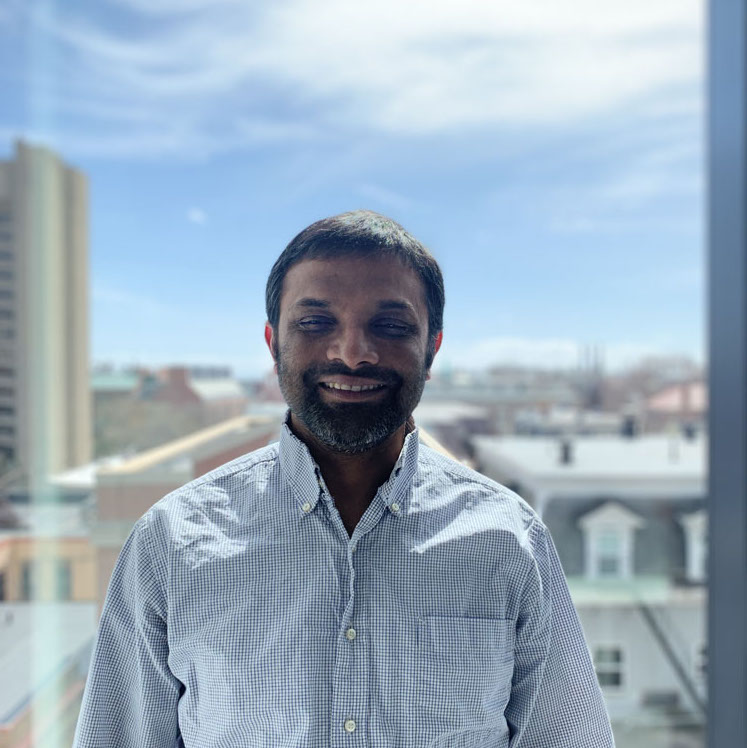
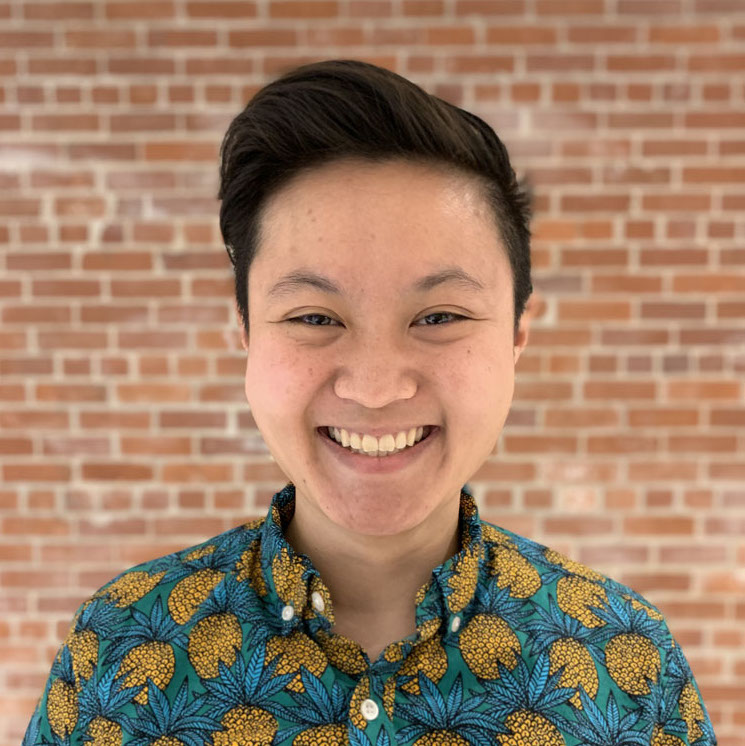
August Guang
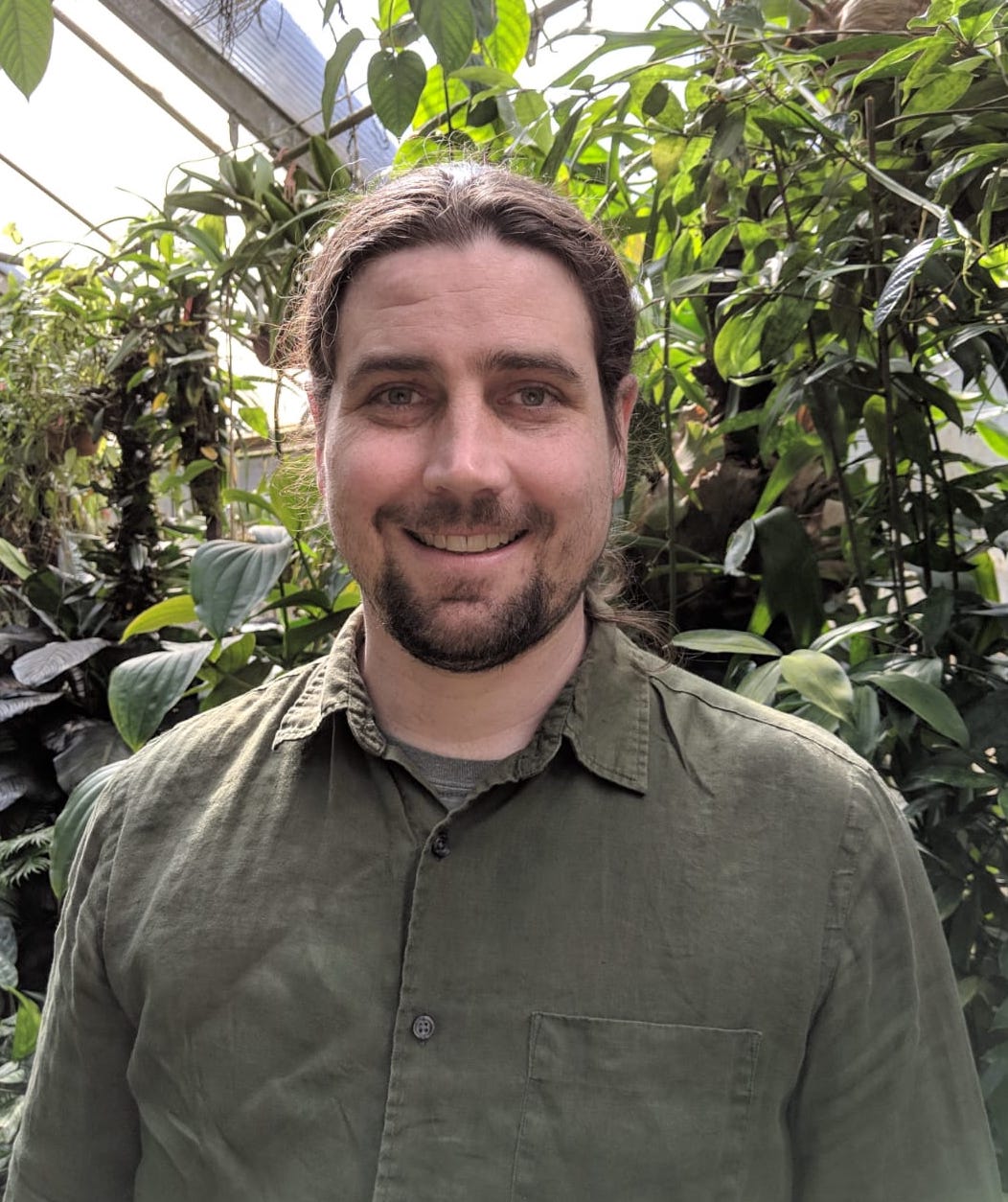
Eric Salomaki
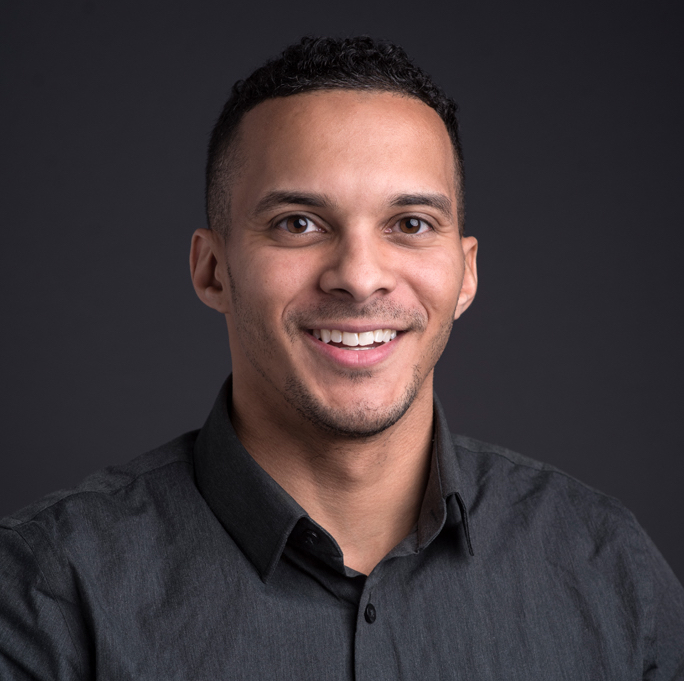
Jordan Lawson
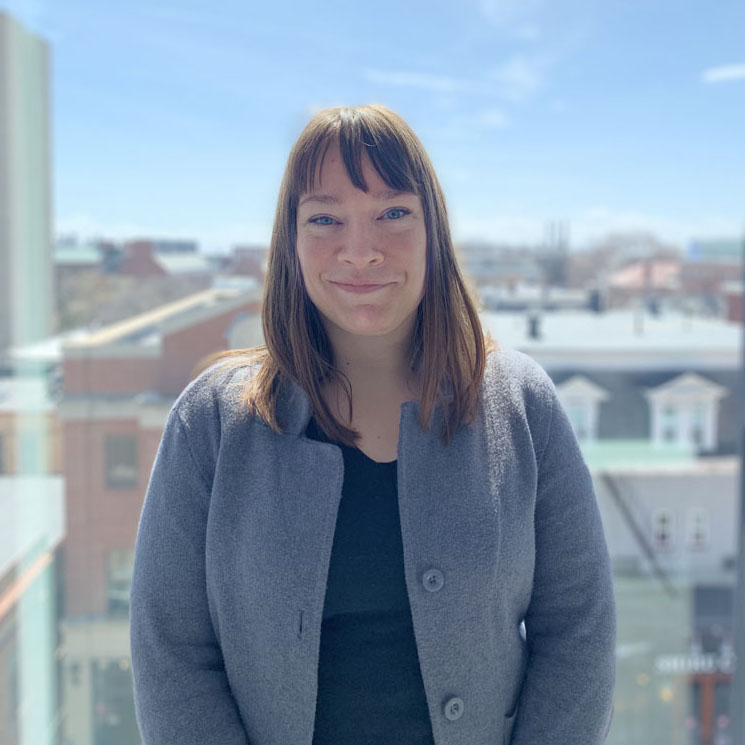
Joselynn Wallace

Paul Cao
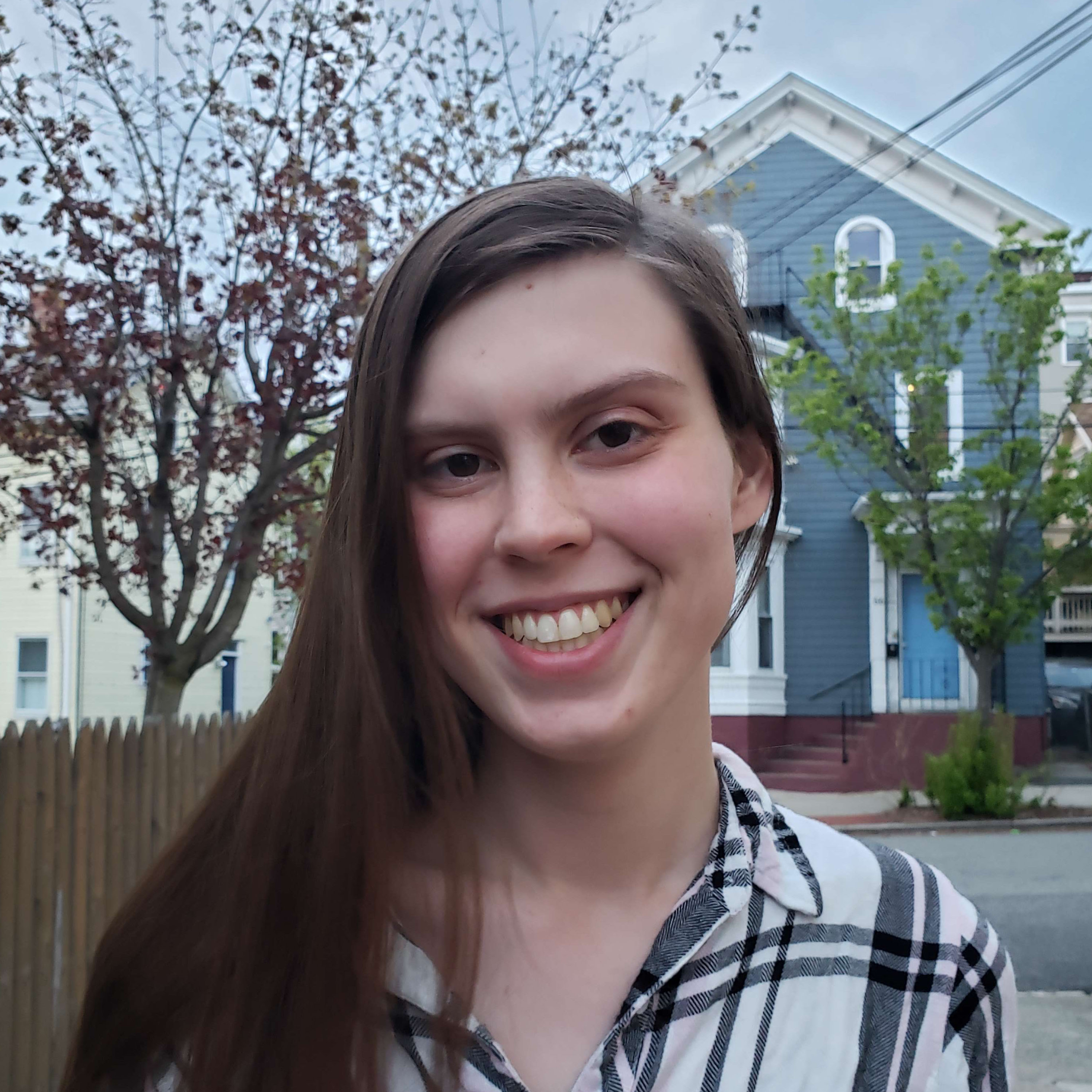
Anna Murphy
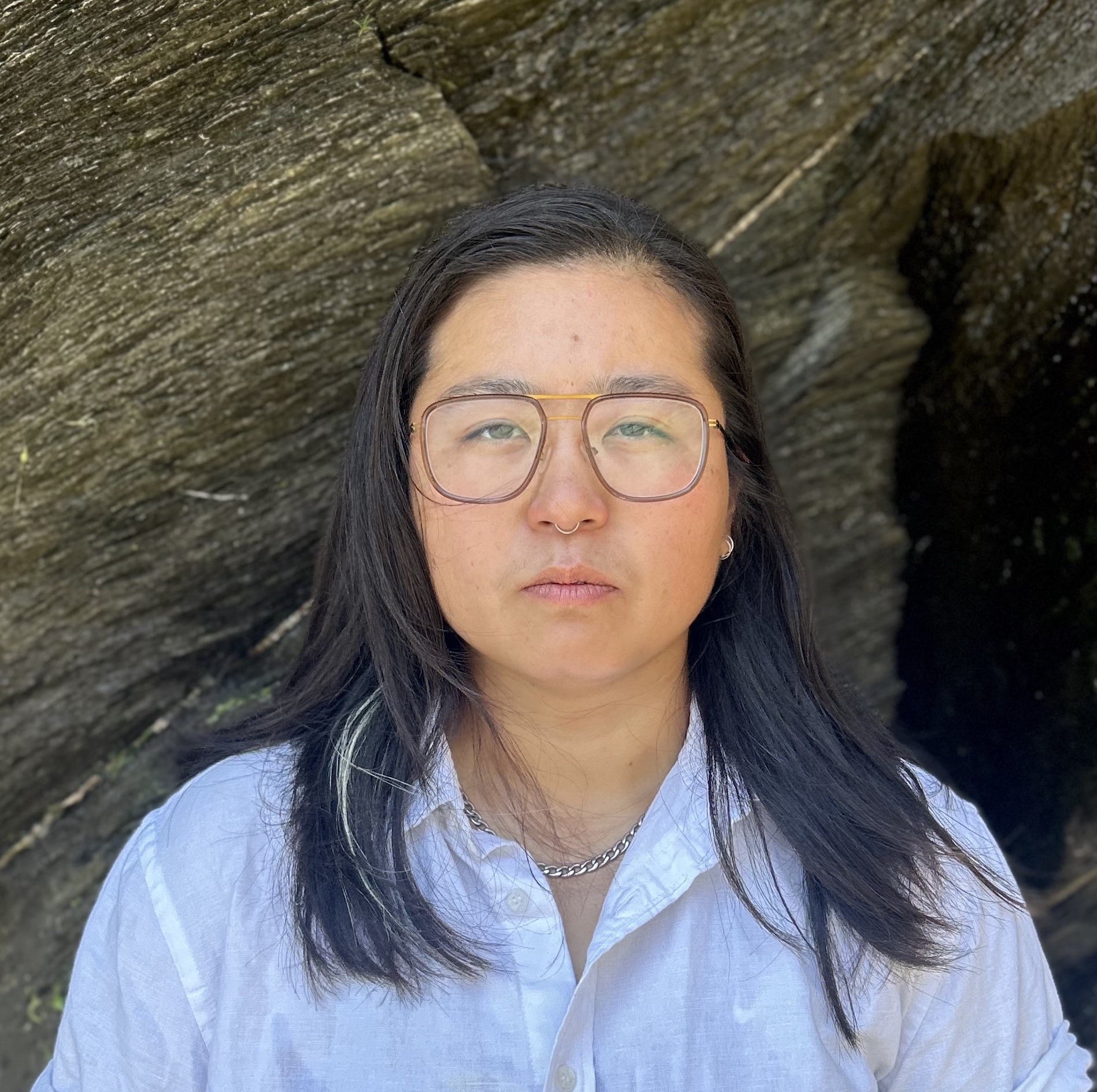
Ashley S. Lee
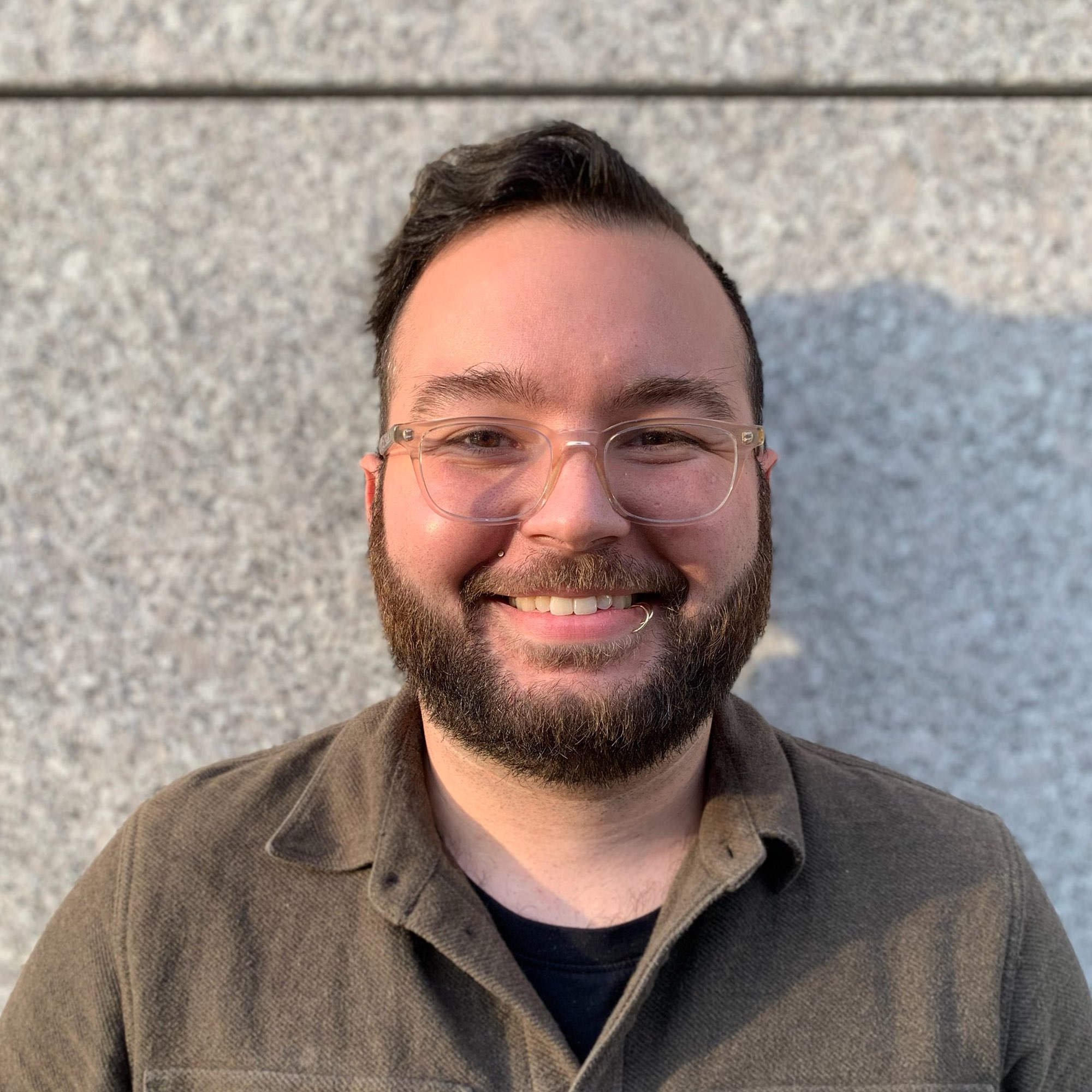
Bradford N. Roarr
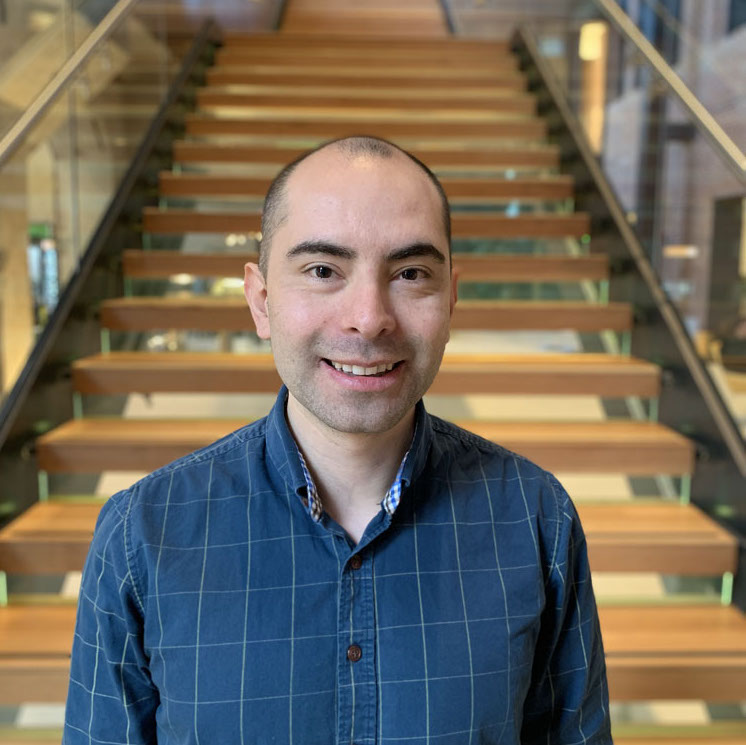
Camilo Diaz
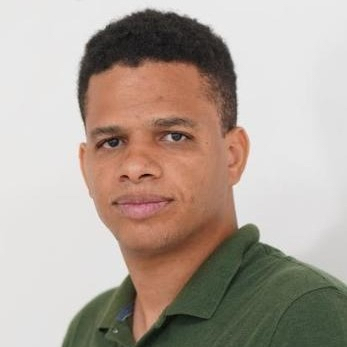
Carlos Paniagua
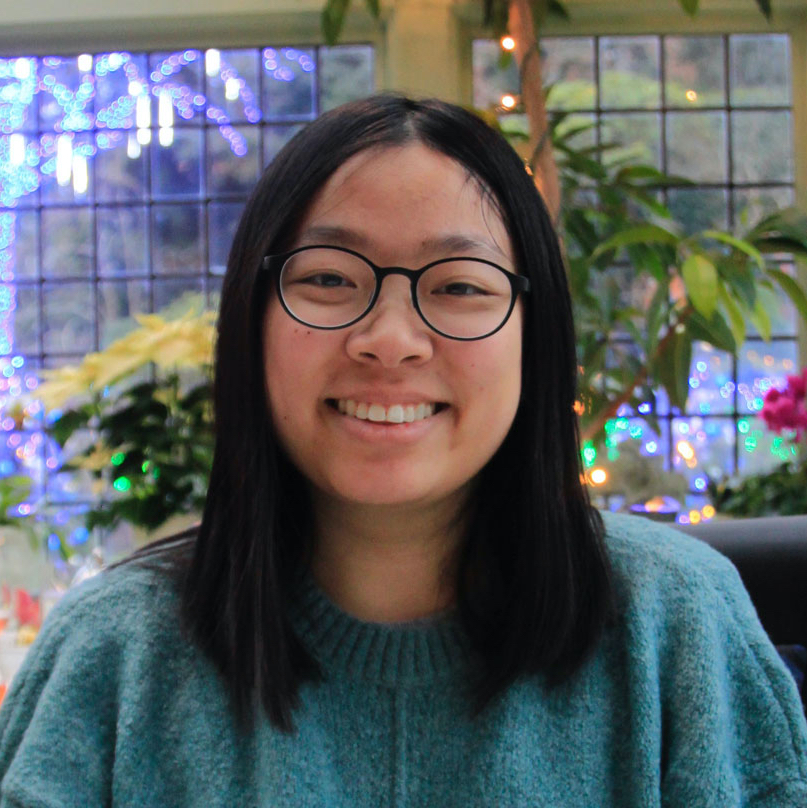
Ellen Duong
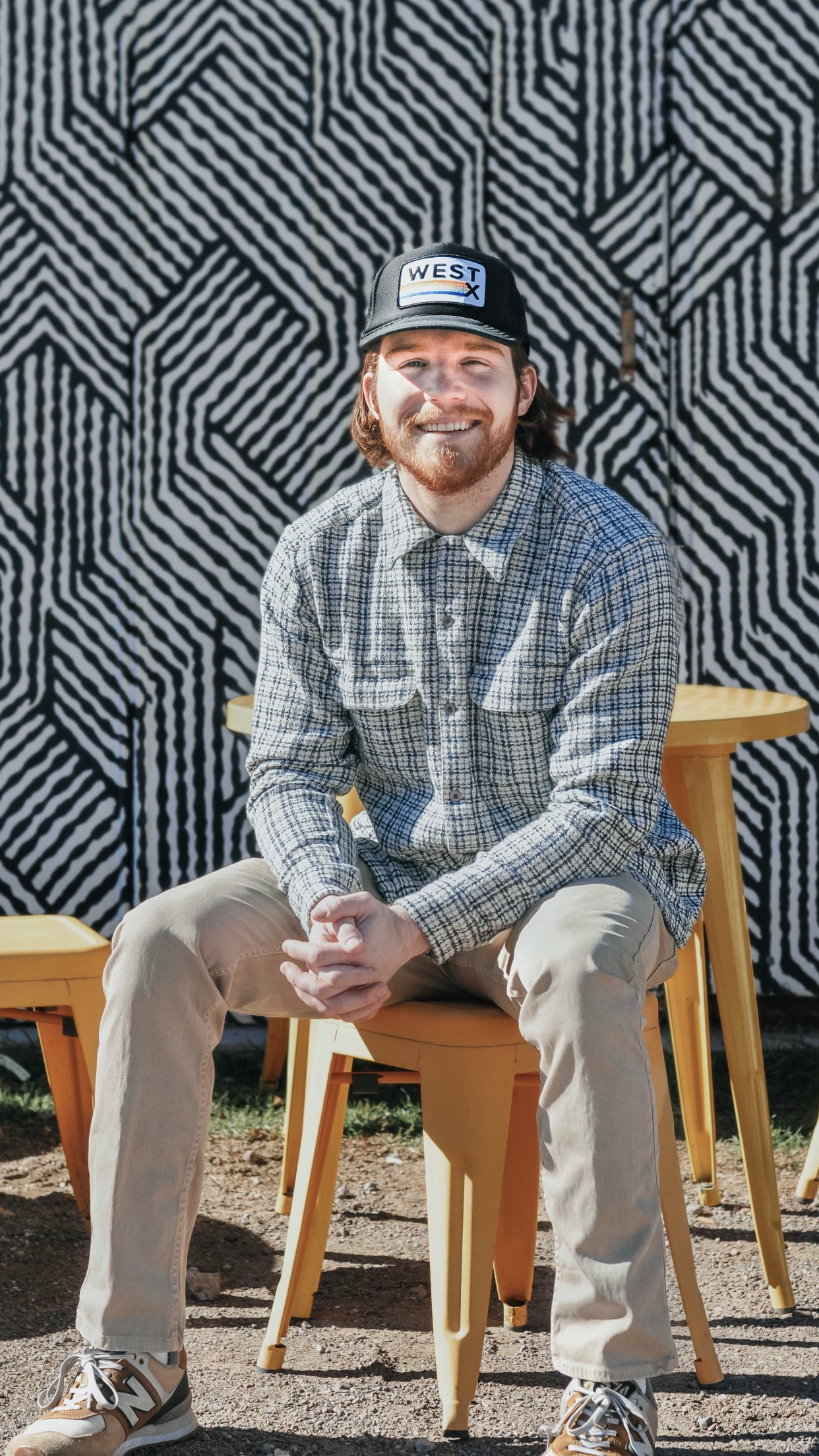
Ford McDonald
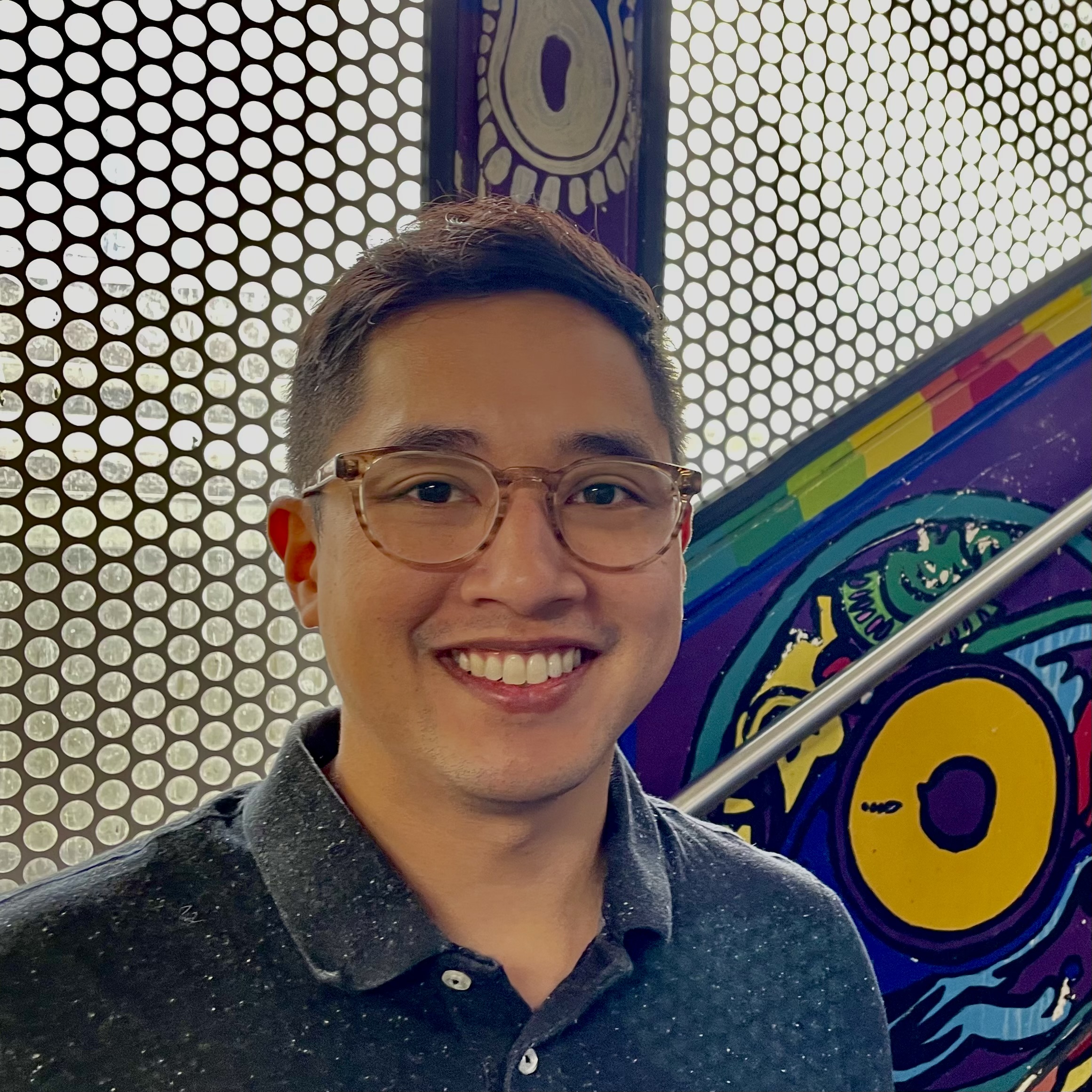
George Dang
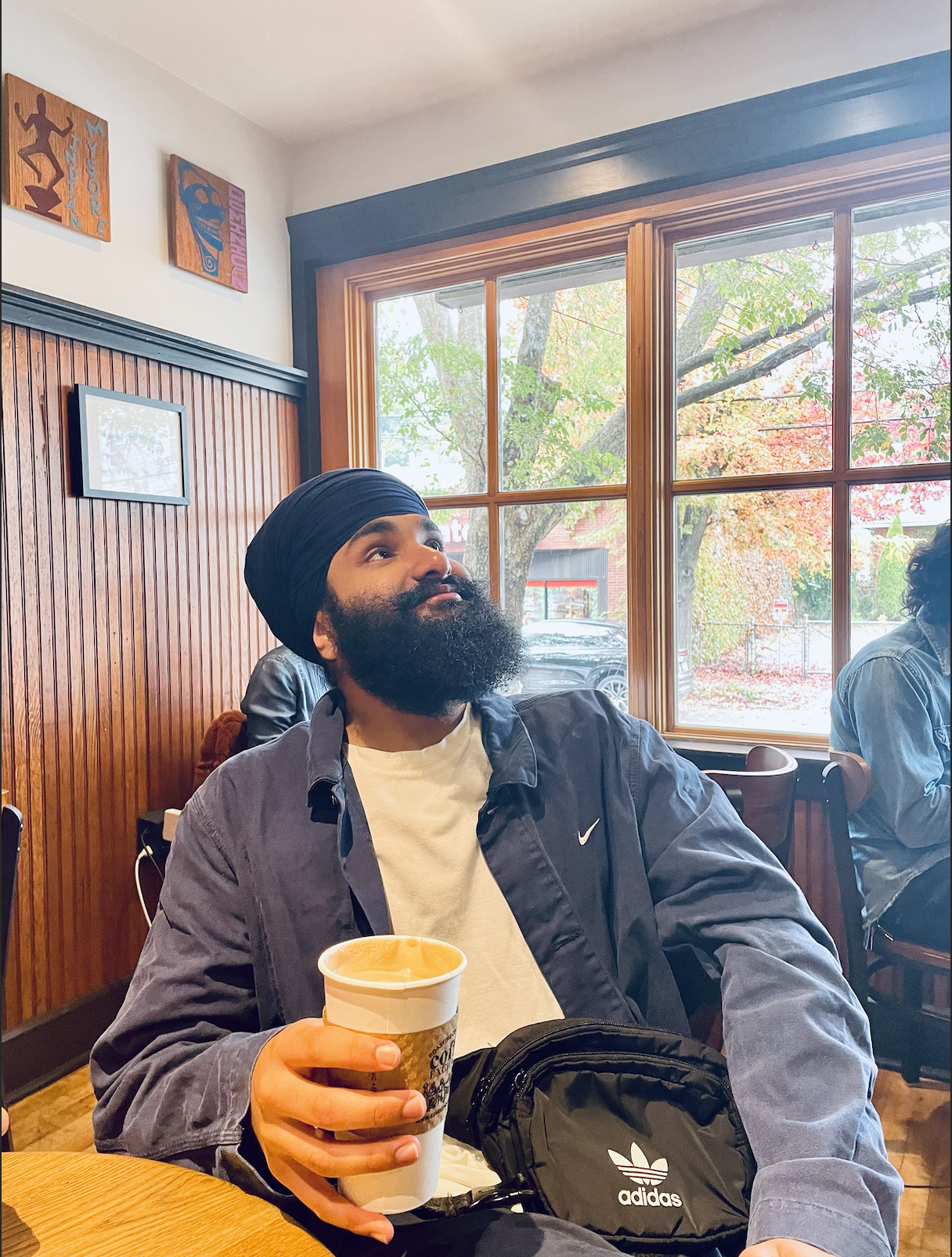
Gurpartap Singh
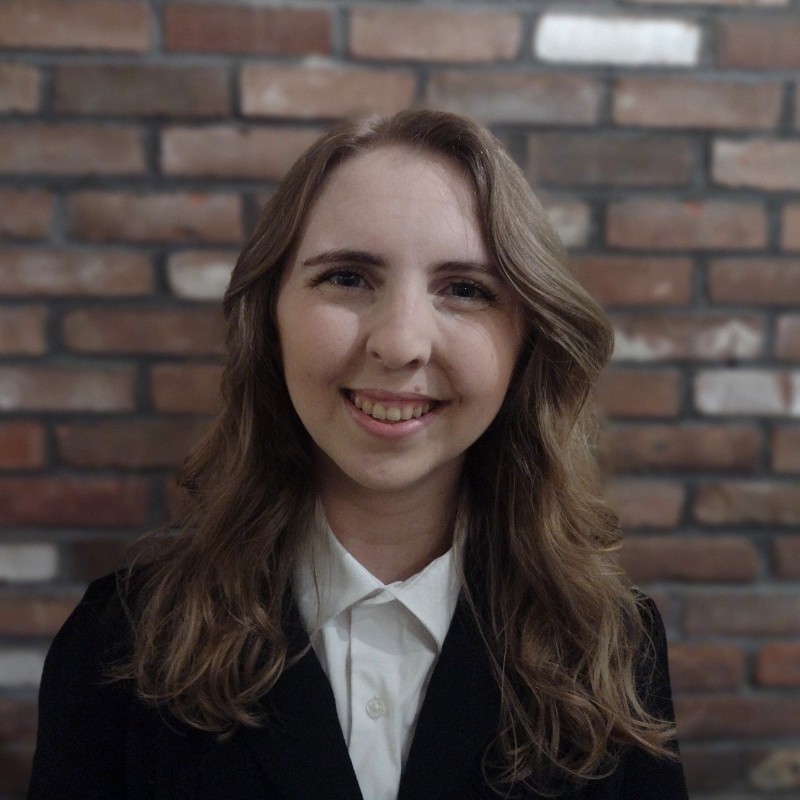
Heather Yu
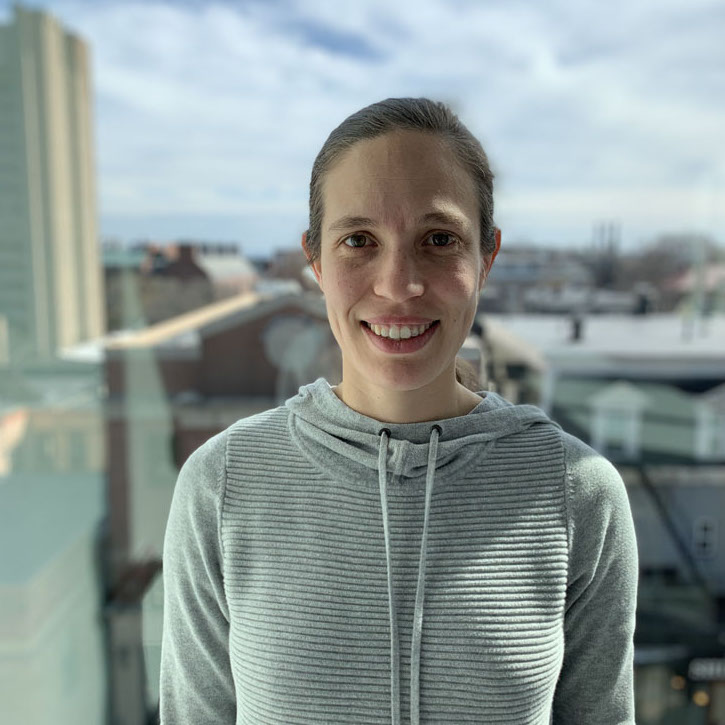
Isabel Restrepo
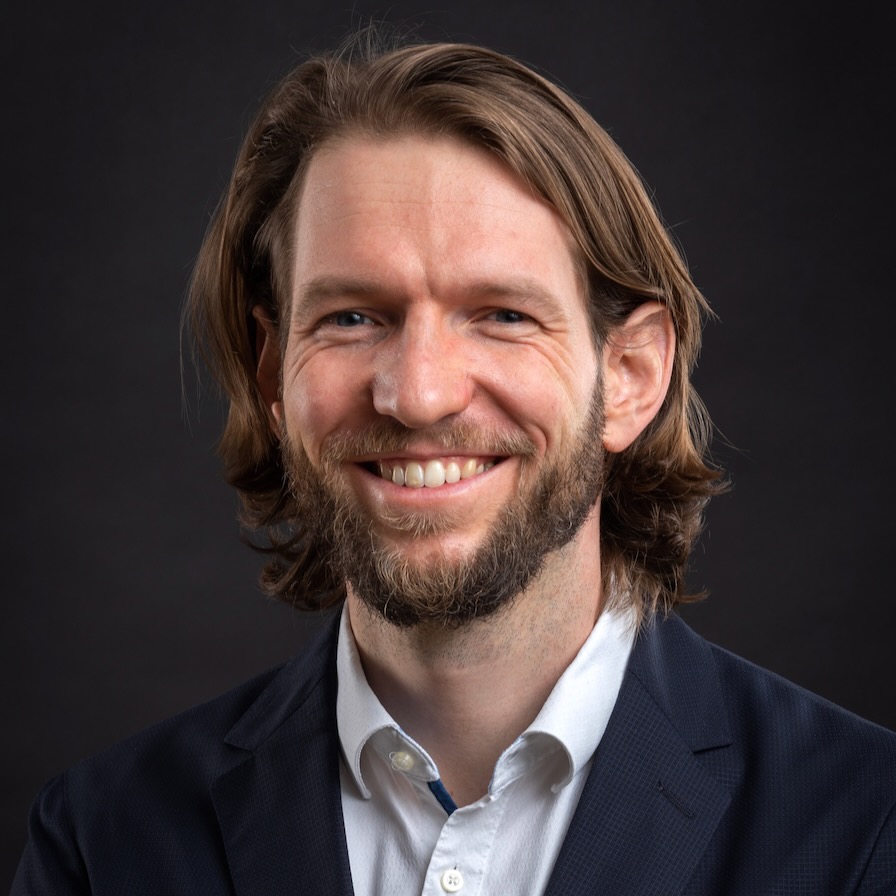
John Gerrard Holland
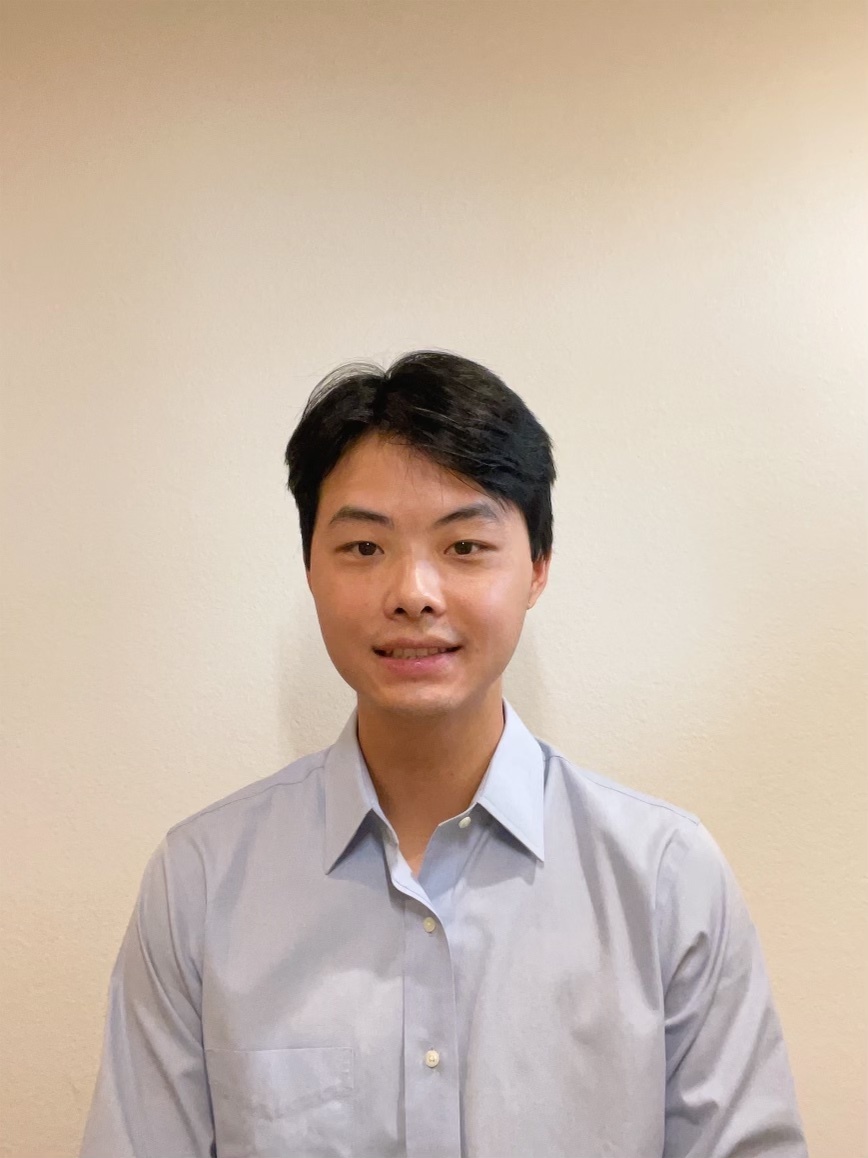
Joshua Lu
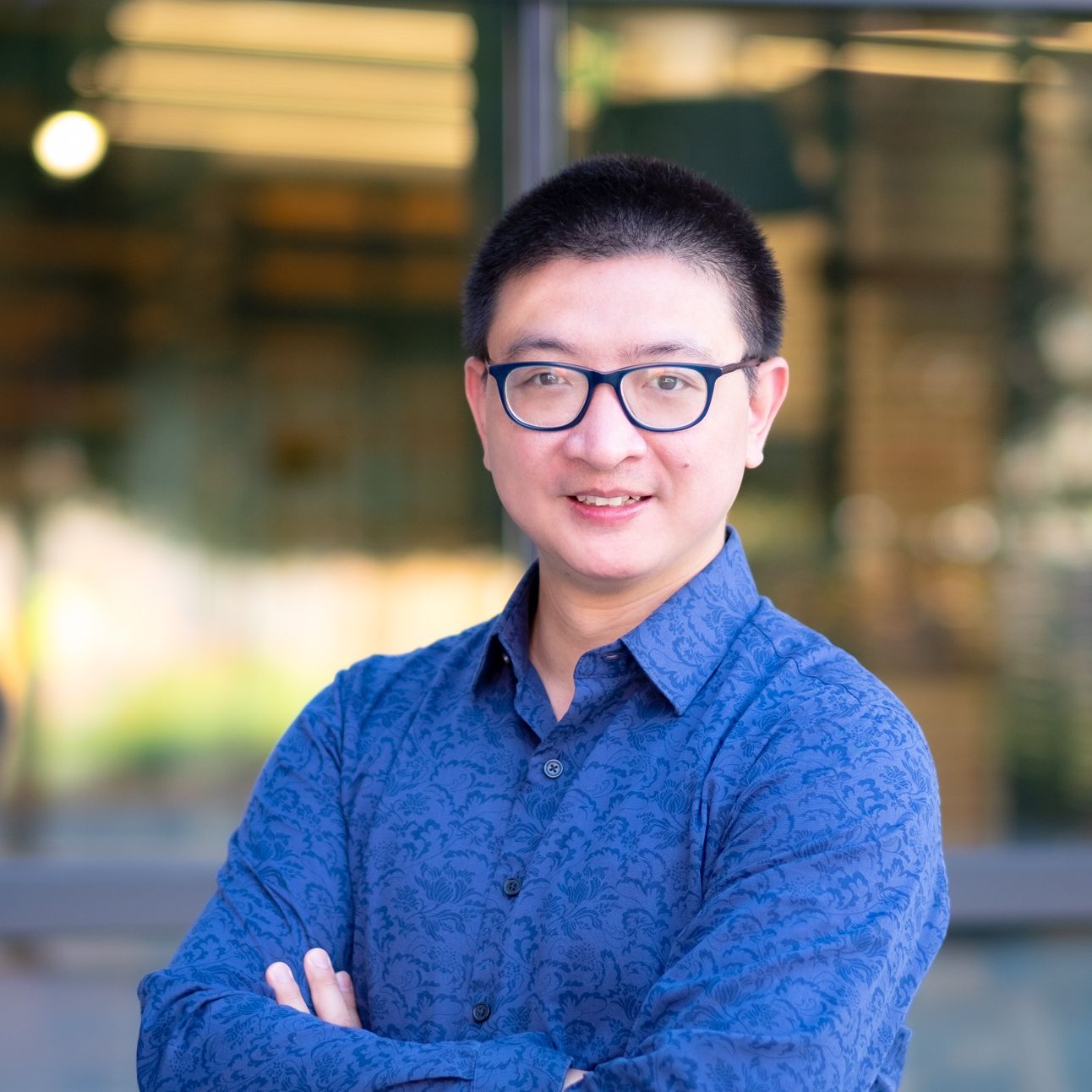
Paul Xu
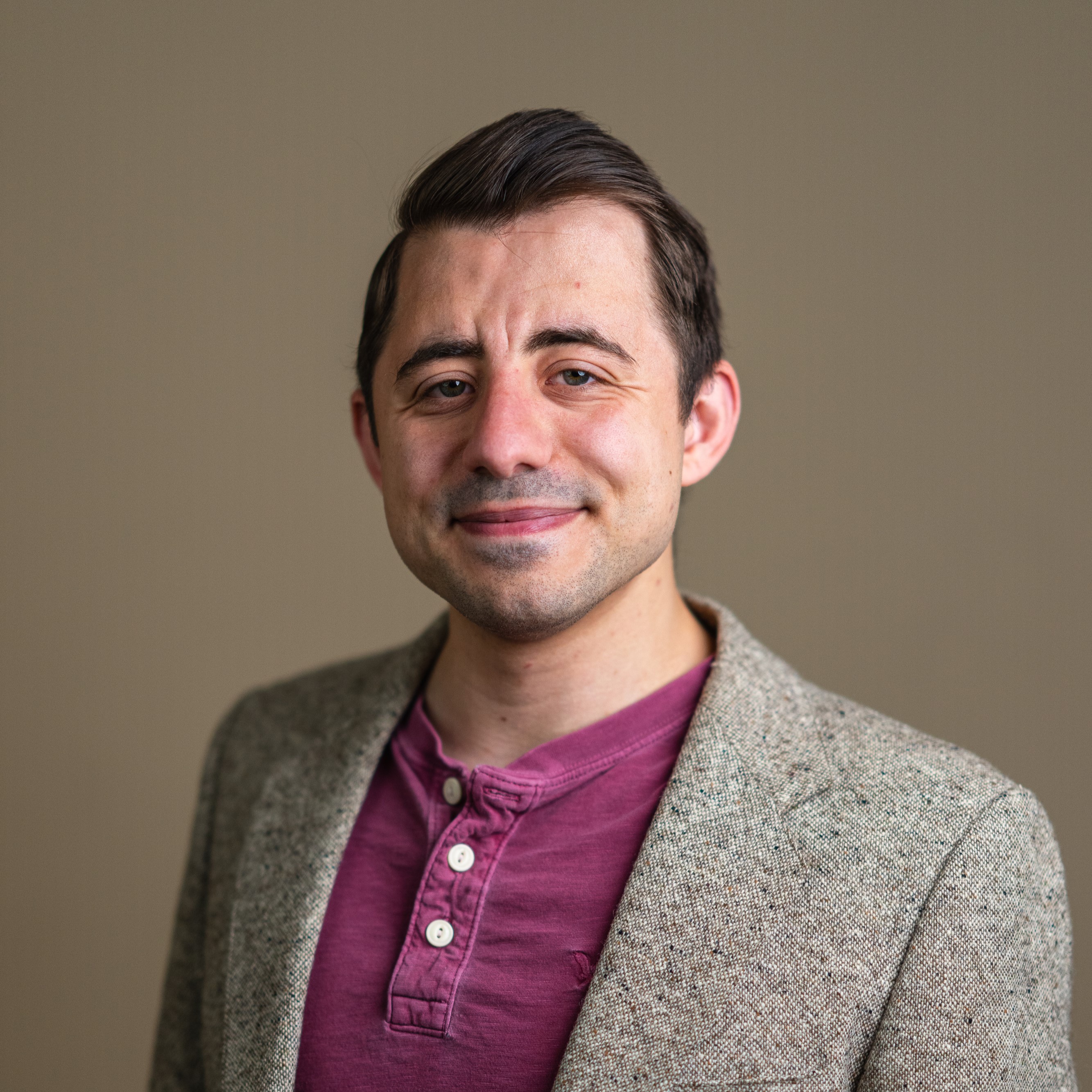
Robert Gemma, Jr.
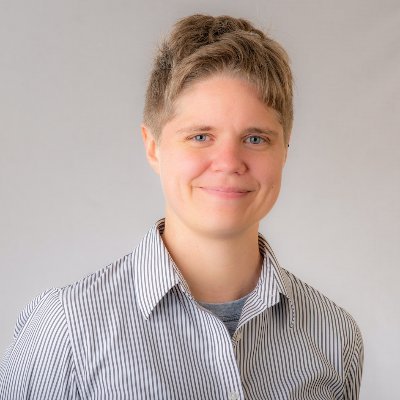
Sam Bessey
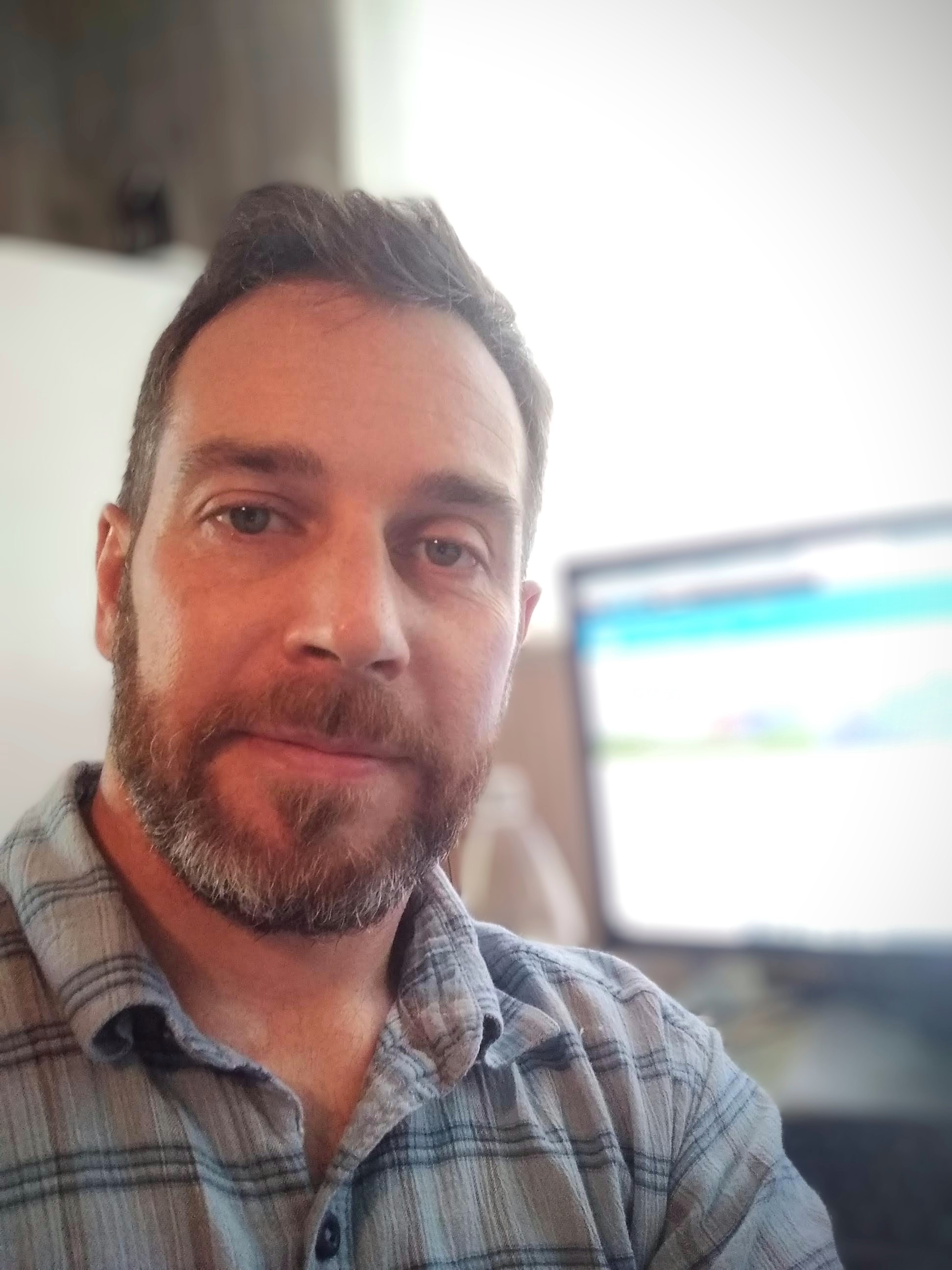
Timothy Divoll
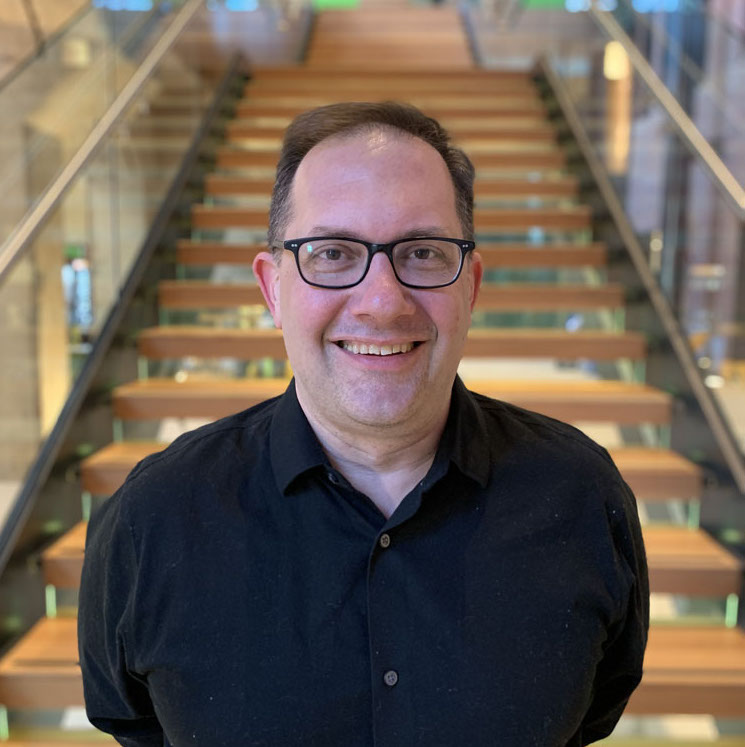
Paul Hall
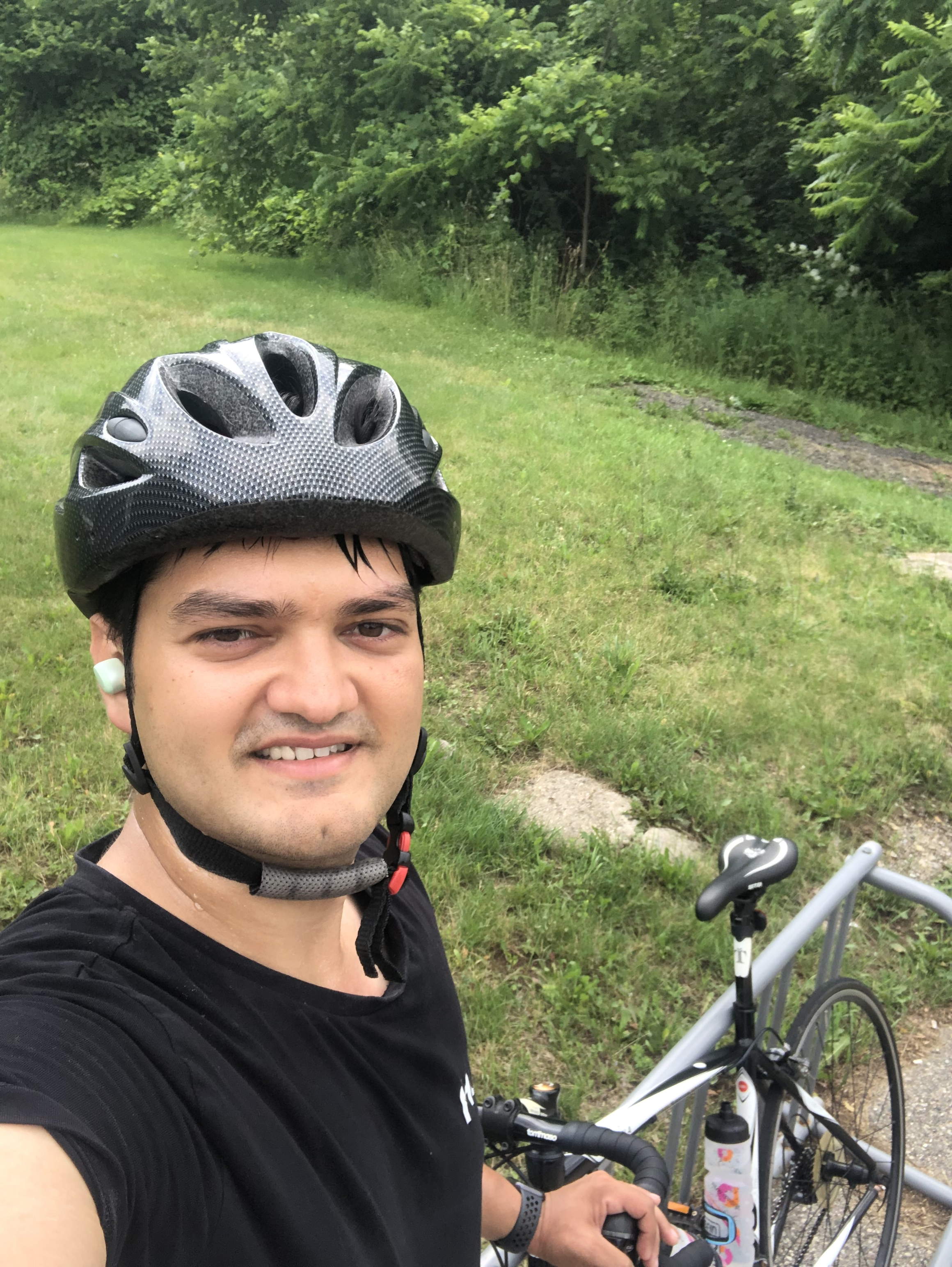
Prithvi Thakur
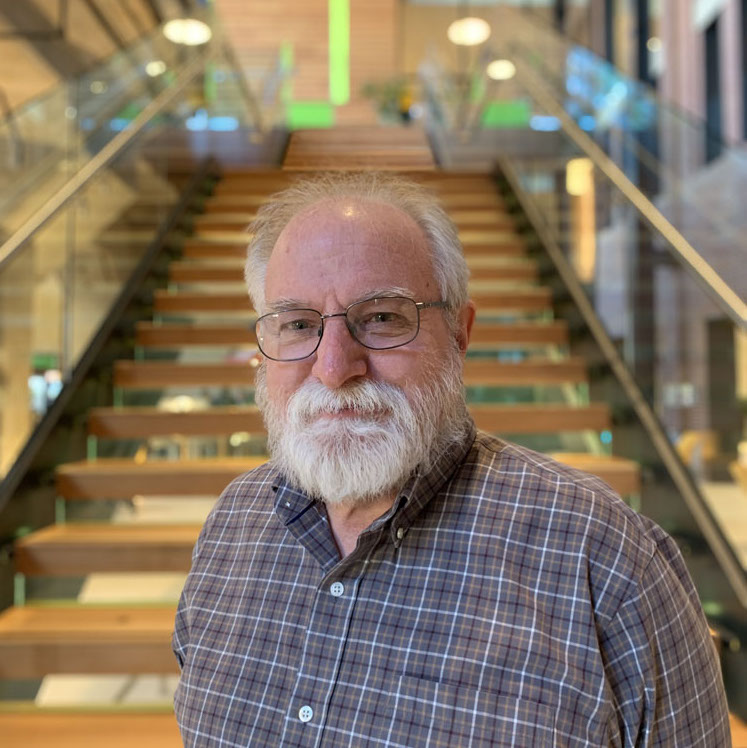
David D Johnson
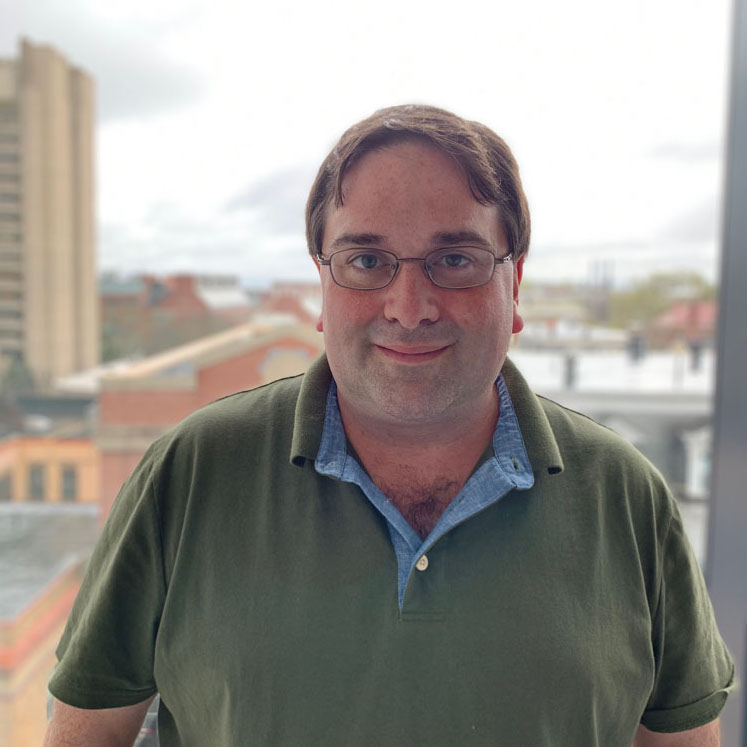
Geoffrey Avila
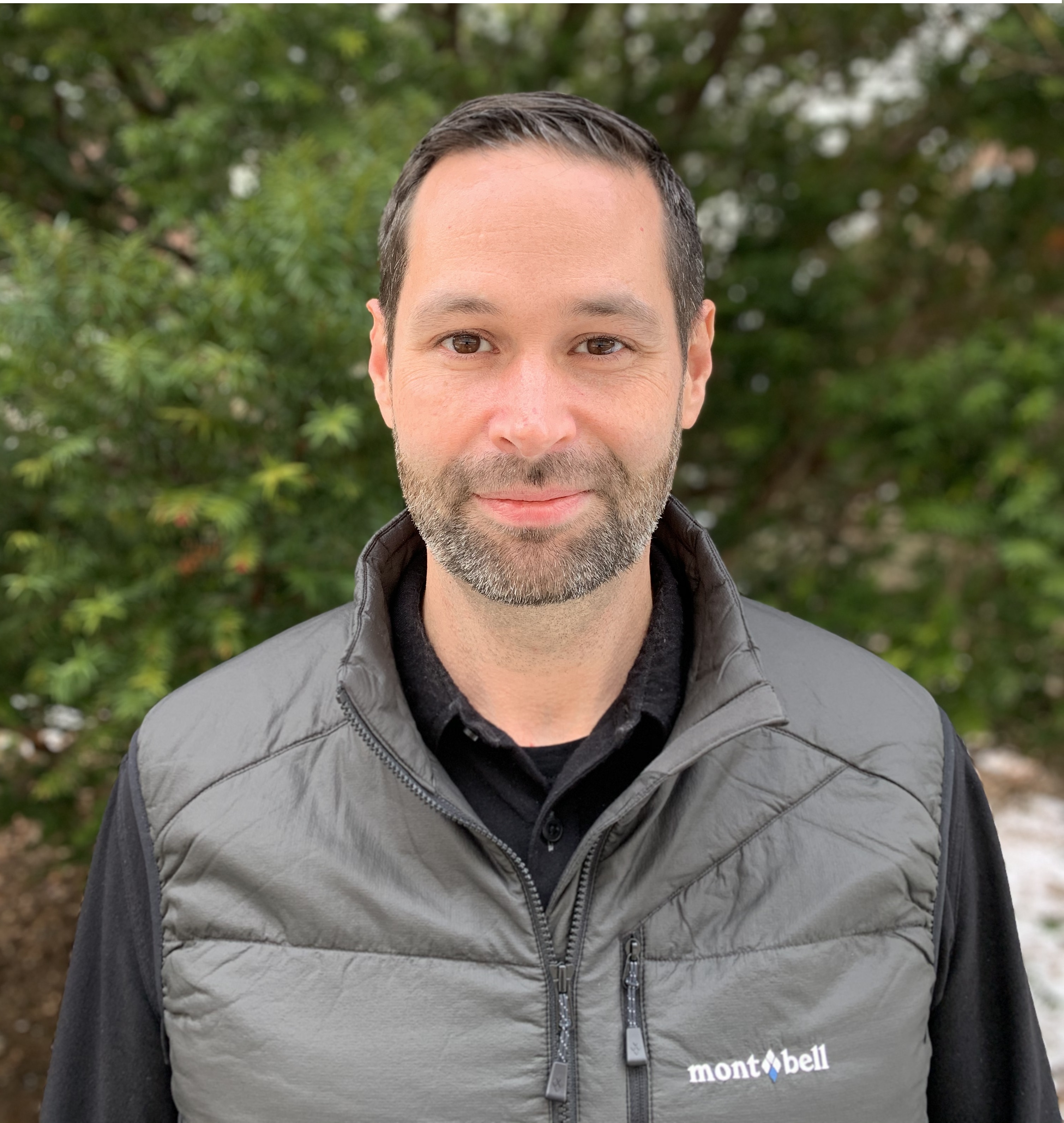
Nathan Wood
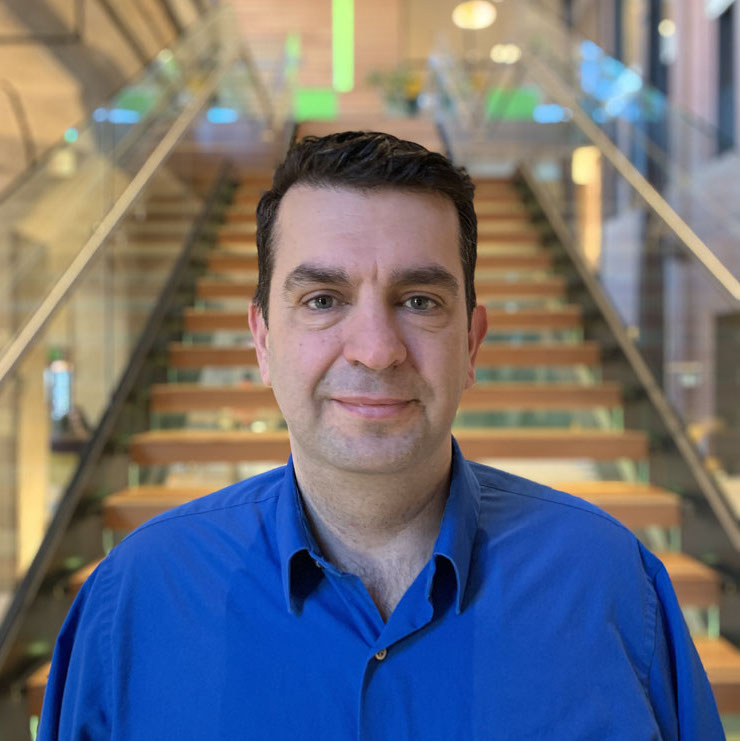
Paulo S Baptista
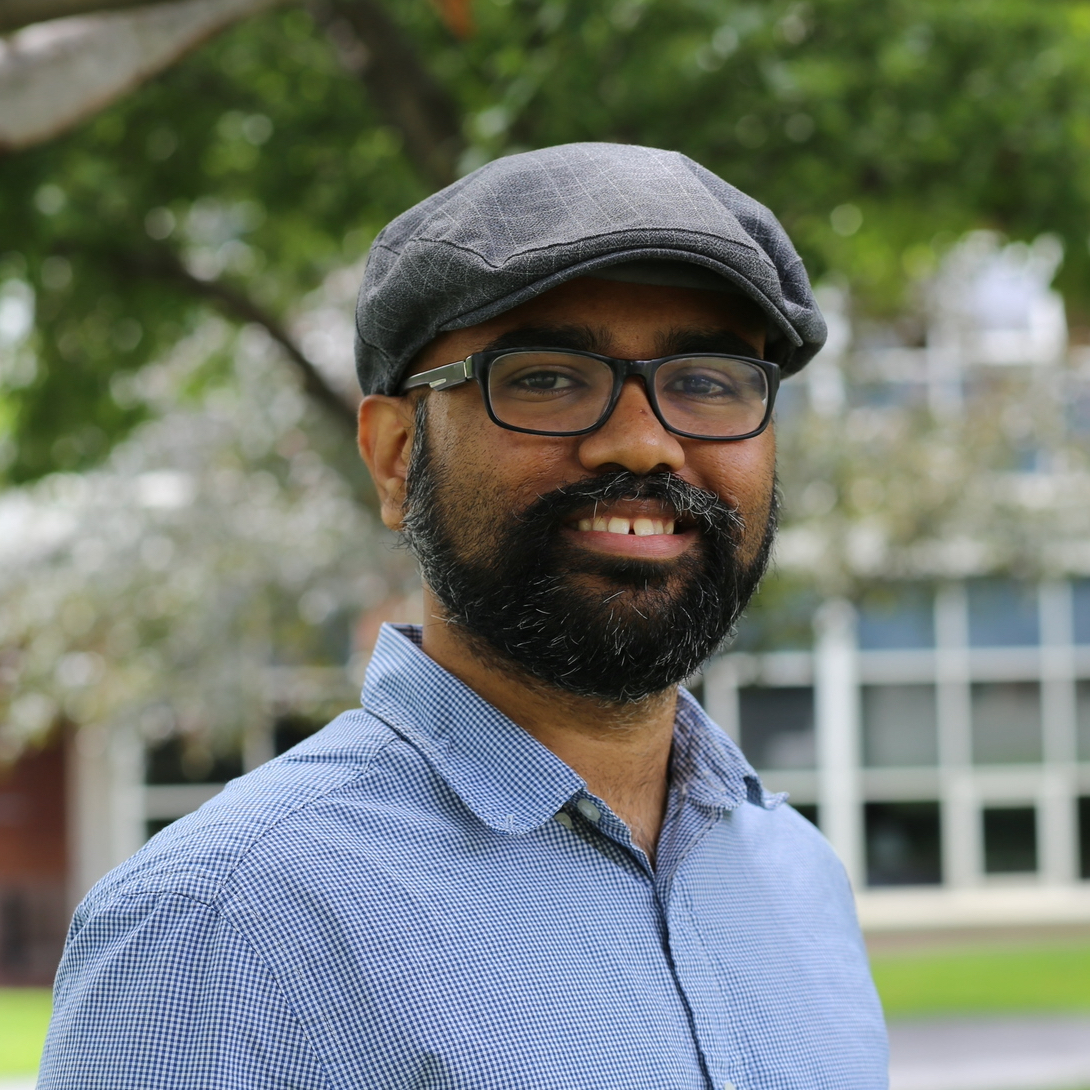
Prasad Bandarkar
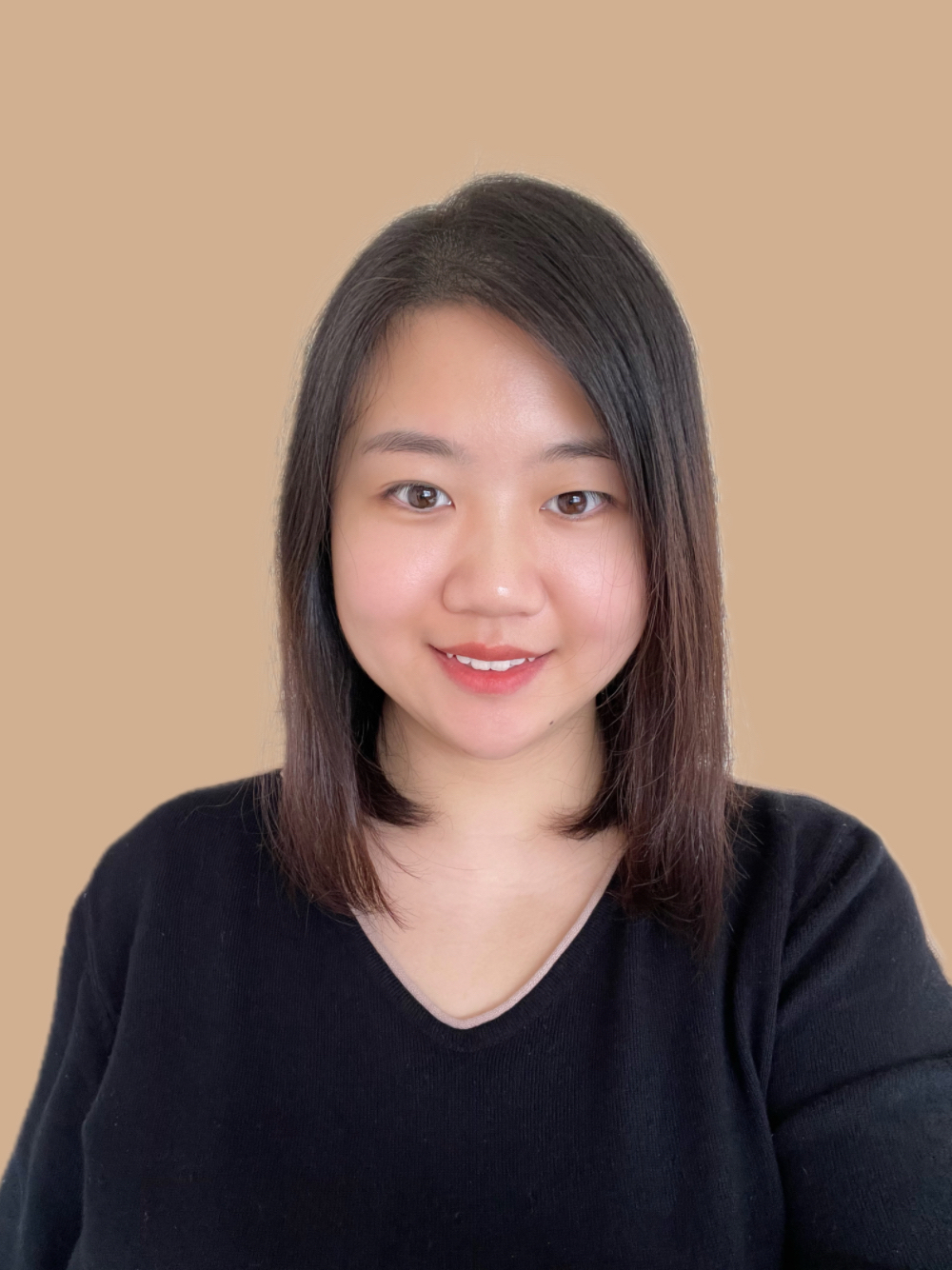
Rain Fan
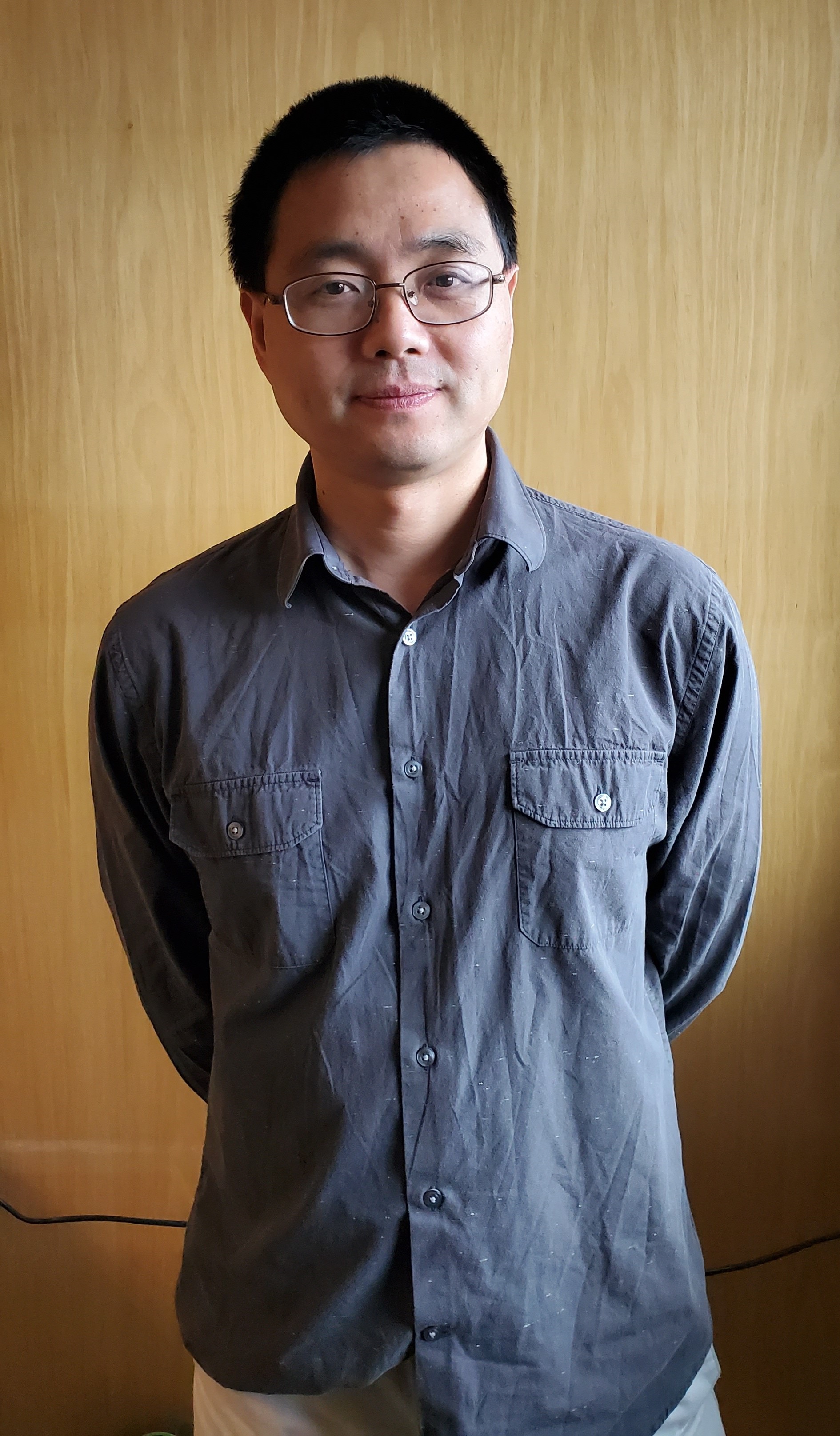
Yang Liu
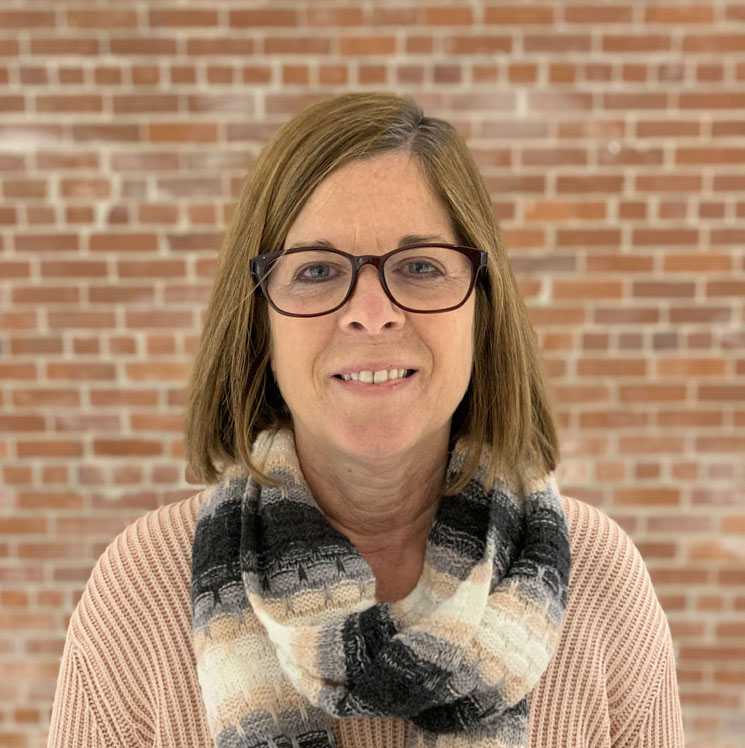
Linnea Wolfe

Michael Antonelli

Paul Koussa
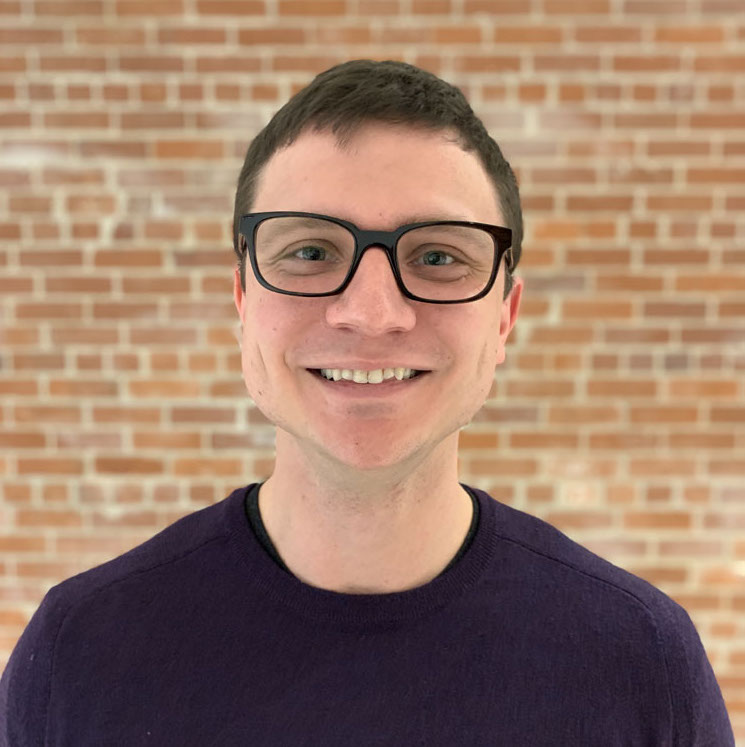
Paul Stey
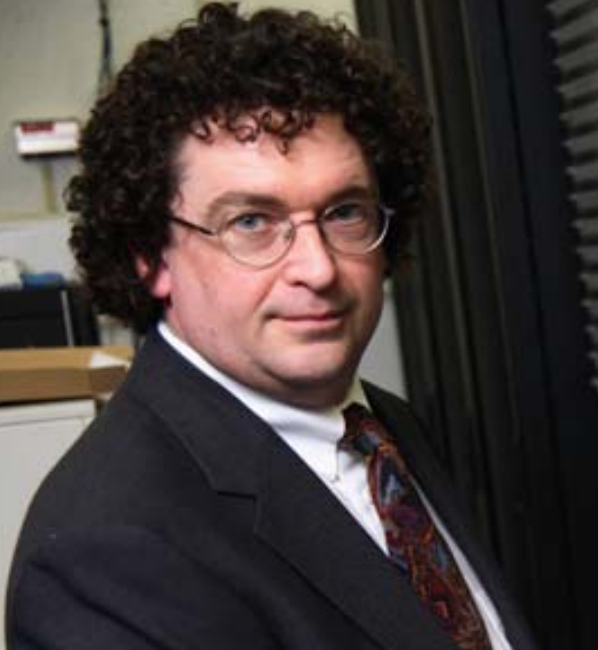
Sam Fulcomer

Thomas Serre
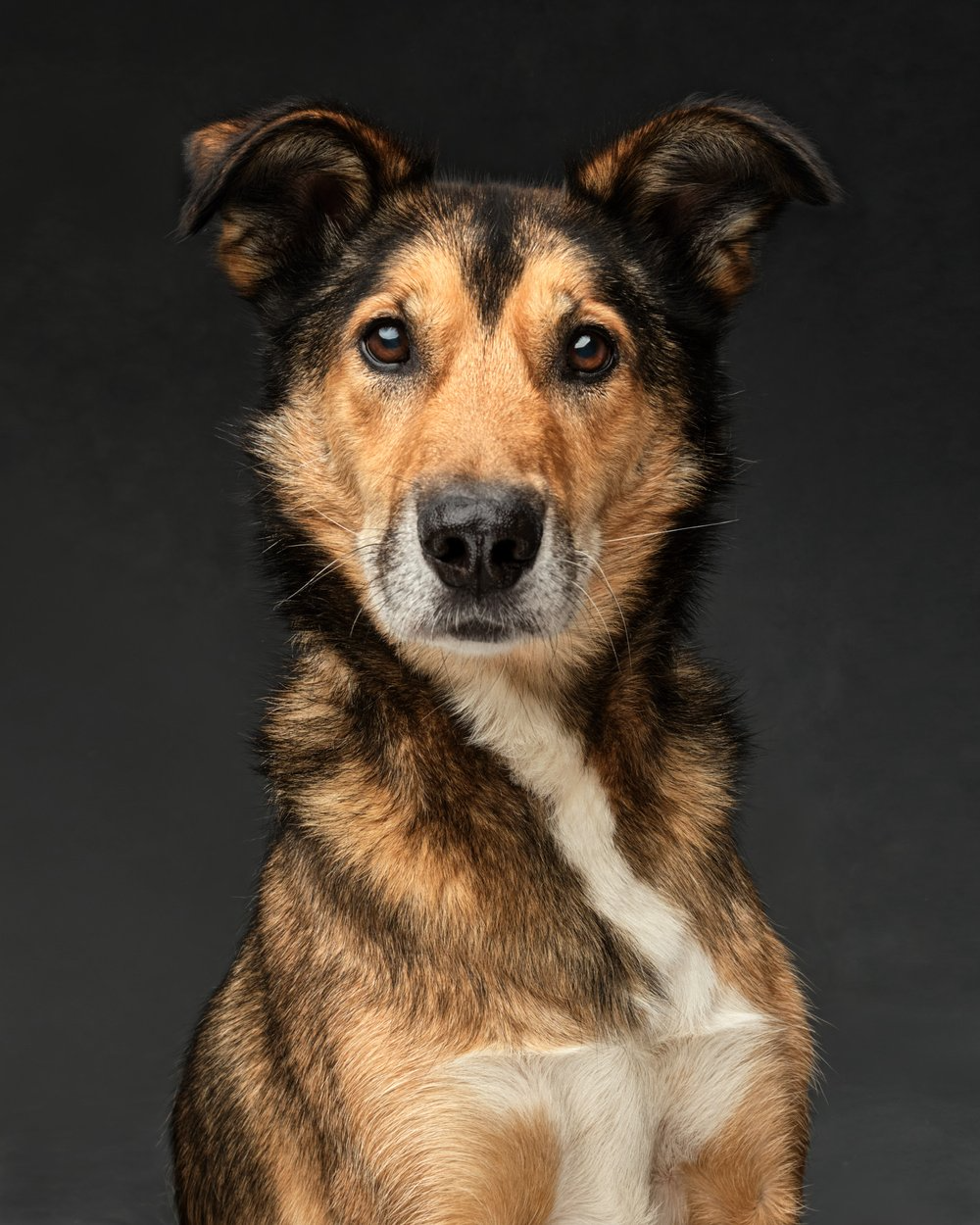
Timothy Poli
Opportunities
Facilities Statement
If you are writing a grant proposal for research that will use CCV facilities, please use the following text as a short description of our facilities:
Computing Resources
Oscar
CCV provides high-performance computing (HPC) resources and scientific computing expertise to Brown University’s research community. Oscar, CCV’s primary research computing cluster, has
- 2 login nodes
- 430 diskless multi-core nodes
- 23,440 CPU cores
- available memory ranging from 95 GB to 2096 GB per node
- sharing a high-performance interconnect and file system and running Red Hat Enterprise Linux 9.2
- 97 GPU nodes
- more than 750 GPUs
- available memory ranging from 15 to 80 GB VRAM per GPU
- xCAT (IBM’s cluster administration toolkit) for provisioning all nodes
- An all-flash parallel filesystem (VAST Data) that provides roughly 4 Petabytes of disk storage and is replicated to Brown University Disaster Recovery (DR) site
- A storage system which is integrated with the Hibernate backup/archival system
- 400 Gb/s NDR & 200Gb/s HDR Infiniband connectivity
For more technical details, please see Oscar's system overview.
CCV also supports the Carney condo for The Robert J. & Nancy D. Carney Institute for Brain Science. The condo has
- 10 Intel Cascade Lake nodes, each with 32 cores and 376GB memory
- 100 Nvidia Quadrortx GPUs, each with 24GB memory
- 1.4 PB data storage
Stronghold
Stronghold is a secure computing and storage environment that enables Brown researchers to analyze sensitive data, while complying with regulatory or contractual requirements. Stronghold is based on FISMA (Federal Information Security Management Act) requirements using 800-53 controls and meets CJIS (Criminal Justice Information Security) requirements. This service is customized to the needs of individual users and their data use agreements. Each Principal Investigator (PI) is given a dedicated environment for their project to support their researchers, students, and collaborators. Access to the internet is restricted except for required locations for data imports or necessary software downloads and via VPN for workstation access. Import and export controls are in place to limit who can perform data migration, where sensitive data can come from and where desensitized or anonymized data can be moved to. Sensitive data are subject to file system auditing, and real-time alerting is available at the request of the PI.
The Stronghold server system resides in the central datacenter located in a dedicated, private facility equipped with fire suppression systems. It is protected by a card access system maintained by the Brown Department of Public Safety. Within the datacenter the hardware is contained in a locked cabinet with a limited access list for maintenance. The Stronghold environment includes security protections for secure user authentication protocols including two-factor authentication, as well as multiple layers of firewall protection, multiple methods to prevent and detect unauthorized access, regular operating system security patch updates and remote access via virtual private network (VPN) protocol. Stronghold supports multiple protocols (SFTP, FTPS, HTTPS) for transferring data into the environment.
To date, Stronghold has over 60 tenants with over 50 Principal Investigators and over 500 users. Stronghold has undergone internal audits, external audits by a leading security firm and is consistently under review for improvements by Brown’s technical team.
dbGaP
Use of dbGaP data on the computing cluster is restricted to a Singularity software container mechanism that isolates the application from outside networking. It also restricts storage write access to a special area on the enterprise Isilon platform that is reserved for dbGaP use. A separate transfer gateway system with file access auditing provides a path for dbGaP data transfer into the system, as well as the transfer of computational results out of the system.
CCV Staff
CCV’s state-of-the-art infrastructure is maintained and operated by CCV staff, who have extensive experience in operating shared computational clusters. CCV staff members are responsible for scheduled maintenance, access control, and integration with research-specific hardware as required by researchers. A large collection of software is available on Oscar, including: R, Matlab, Mathematica, Maple, and a large range of optimized math and science libraries and domain-specific applications. CCV staff members are available to assist with the acquisition and installation of any applications not already available on Oscar. CCV staff members are also available to consult on research projects and work directly to support and develop the advanced computational methods used by researchers at Brown.
Please contact CCV if you need a more detailed description.
How to Cite CCV
If you publish research that benefited from the use of CCV services or resources, we would greatly appreciate an acknowledgment that states:
For resources:
This research [Part of this research] was conducted using [computational/visualization] resources and services at the Center for Computation and Visualization, Brown University.
For help from our Research Staff:
This work [Part of this work] was conducted with the help of research staff at the Center for Computation and Visualization, Brown University.
Diversity Statement
CCV embraces a community enriched and enhanced by diverse dimensions, including race, ethnicity and national origins, disability status, gender and gender identity, sexuality, class and religion. We believe diversity brings innovation and progress. We are especially committed to increasing the representation of those populations that have been historically underrepresented in STEM.
We are committed to attracting, recruiting and retaining a diverse team. We especially encourage individuals from underrepresented groups to join our community.